University of Miami has kept me extremely busy, but I recently was able to finish my piece for organ titled Wend Your Way. It takes the popular Latter-day Saint hymn tune, "Come, Come Ye Saints" and depicts its historical background and message in four sections, moving from despair to confidence and hope in the Lord. Writing for organ was an exciting experience; there are many peculiarities to the instrument, and it takes time to understand the registration (how the colors work and how to send the different keyboards to different pipes). I look forward to writing more for the organ.
During this time, I also started to write an electronic piece. This will be my first new electronic piece in a year, and I have enjoyed working on it. In fact, it is a sequel to my last electronic piece Improvisations IV: An Appeal to the [SOUND] Masses. The concept of these improvisations is to create a sound situation that the performer must learn and take advantage of in the performance. Most of the sound comes from the performer and is electronically manipulated to create a background for the performer. In Improvisations IV, the performer plays music that was looped sixteen times. As the piece progresses, the loops shift to high and low registers and sometimes drop out to leave solo sections against a drone. Improvisations V: Two-Track Mind uses two tracks to store the performer's live material. The first track records twenty seconds of free improvisation from which a series of random complex rhythms are derived and juxtaposed by the program. The second track takes the performer's music and spits it back out at different speeds. For both pieces, the composer's blueprint is in its resultant style and its fixed overall form. The challenge for the performer is to navigate through these situations and develop an instantaneous vision and direction for the piece. Improvisations V will be premiered on April 9th
I was surprised this past week to hear the question of "why" concerning this piece. It is rooted in deep tradition. Improvisation has always been integral to music, especially free improvisation in certain restricted environments. For example, both jazz and Indian raga use extensive improvisation. In fact, Western music highly incorporated improvised elements until the 19th century (and it is a real shame that composers cut it out from their compositions). In the 20th century, Western music brought back improvisation through experimentalism. American composers such as John Cage, Earle Brown, and La Monte Young challenged performers to engage in improvised and unconventional situations. It could be said that the return of improvisation to the Western world is the hallmark American achievement of the 20th century, both through jazz and through the experimentalists. But more importantly, improvisation allows performers to freely express themselves, unhinged by the dictates of the composer. Not all performers will desire this opportunity, but I know countless performers who love to dabble in improvisation. And it also requires submissiveness from the composer, who only provides the framework for the music itself. Why not give a performer music that is flexible in form and free in nature? Why not unleash the performer from the shackles of notation and give them guidelines, real notes to read, to lead them to successful express themselves? My goal is to complete at least six of these improvisation with electronics works, each with a unique feel. Thanks for reading; if you want to try out these improvisations, let me know!

